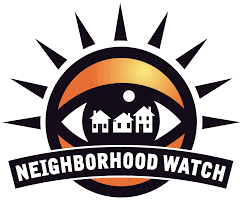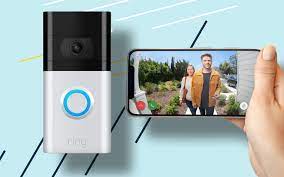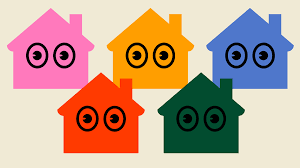According to one recent study, there were approximately 22 billion devices connected to the Internet of Things as of 2018. Flash forward to today, there are anticipated to be about 35 billion IoT devices around the world by the end of the year. But it’s critical to understand that the Internet of Things is about more than just smart thermostats and connected shades. It also encompasses window and door sensors. It includes sophisticated security systems and video doorbells. It’s not just focused on keeping our lives more convenient – it’s also about keeping us safe, too. Which is exactly where the IoT begins to intersect with the concept of the neighborhood watch.
In an era that may be coming to an end, the concept behind the neighborhood watch was simple: people in a community would all band together, keeping an eye on one another’s homes and watching out for anything that threatened the prosperity that they’d all collectively worked so hard to build. But in an era where you can outfit your home with cameras that you can access from any device on the planet with an active Internet connection for just a few hundred dollars, is any of this needed? Do you really need your neighbor to tell you that someone was lurking around your property when you probably already got a “Push” notification on your iPhone about that very thing?
Or, has this level of technology actually supported and empowered the neighborhood watching – taking it to its logical conclusion?
The answers to those questions may very well be “a little of ‘column A’, a little of ‘column B’”.
The Future of the Neighborhood Watch is Here
Even as far in the past as a decade ago, you were already seeing articles about how the traditional neighborhood watch was becoming a “thing of the past.” Such was the case in one Amarillo, Texas community, where people at the time actually attributed it to the fast-paced modern society that we’re now living in. In a time when you didn’t actually know all of your neighbors by name or make an effort to keep in touch daily, was a neighborhood watch even possible?
In the ten years since, our lives have only gotten faster and more connected. Mobile phones have become a ubiquitous part of our days. Our homes are filled with smart sensors and additional devices in greater numbers than ever before. Did the predictions of that Amarillo, Texas community come true?
Yes – but not in the way that anyone at the time could have predicted.
Flash forward to today, and you have apps like “Neighbors” that allow people in a community to share critical information about crime and safety events. You have social networking sites like Nextdoor that are dedicated to offering a platform where people in certain communities can interact with one another and share important data on current events. You also have apps like Citizen, which allow people to share real-time information about crimes and other events in a specific area to keep people in the loop and as safe as humanly possible.
From that perspective, the concept of the neighborhood watch has only gotten more powerful in the years since. Think about it like this – even in the “good old days” where the neighborhood watch was still a group of concerned citizens, how many people did you really know and connect with? Dozens, if you were lucky? On a platform like Nextdoor, you could easily connect with thousands of your closest neighbors – most of whom you’ve probably never actually met in real life – who still live and work in the same areas that you do.
But in the last decade the technology itself has also gotten more powerful. Who would have thought that countless people in your neighborhood would have a powerful camera fixed to the front of their house, constantly keeping an eye on who is coming and going at all times? Yet that’s exactly what has happened – it’s called the Amazon Ring video doorbell, and it’s available for less than $150 in most electronics stores.
In the end, it’s absolutely true that modern technology has changed the concept of the neighborhood watch forever – but not necessarily in the way people thought it would. People thought that concepts like the Internet of Things would render the neighborhood watch useless. Instead, it caused it to evolve into essentially an entirely different form.
Thanks to modern technology, the neighborhood watch is no longer just those few closest houses in your immediate area. It’s no longer a dozen or so people who make an effort to check in with one another on a daily basis. It’s literally everyone who lives in your neighborhood, connected together via a web of technology at all times – much to the benefit of every last one of us.

















Add comment